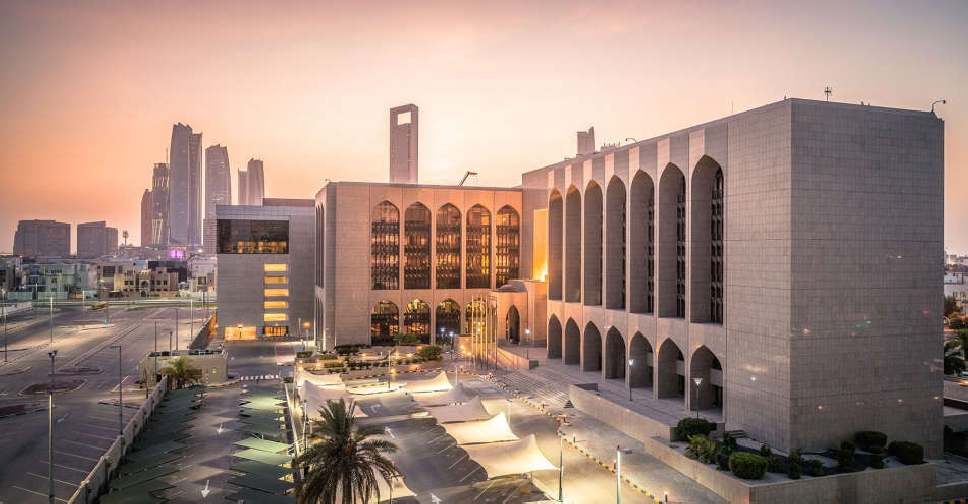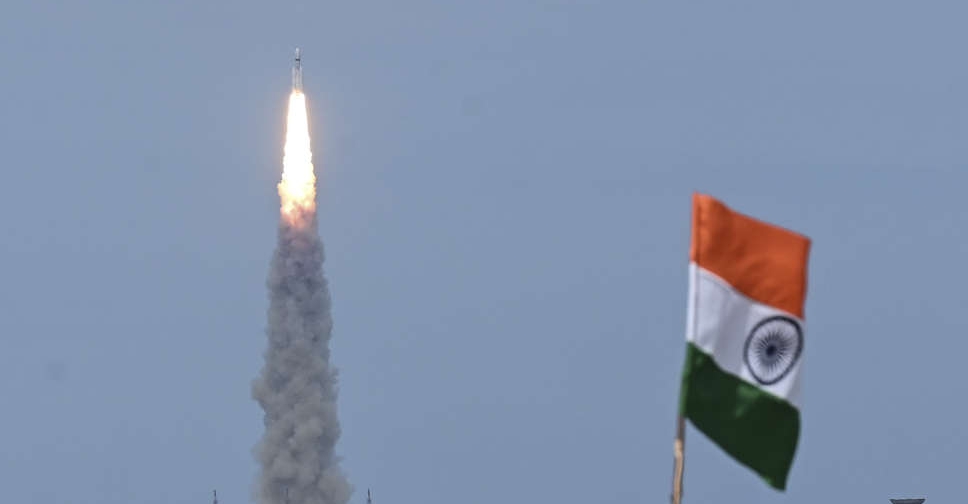
India was hours away from its second attempt to land a spacecraft on the moon on Wednesday, a mission seen as crucial to lunar exploration and the country's standing as a space power, just days after a similar Russian lander crashed.
The Indian Space Research Organisation's (ISRO) Chandrayaan-3 spacecraft will attempt to land on the lunar south pole about 6:04 pm local time (1234 GMT) on Wednesday, less than a week after Russia's Luna-25 mission failed.
India's mission - Chandrayaan means "moon vehicle" in Hindi and Sanskrit - is its second attempt to land there. In 2019, ISRO's Chandrayaan-2 mission successfully deployed an orbiter but its lander crashed.
On Wednesday, ISRO said it was all set to activate the automatic landing sequence of the spacecraft, triggering the algorithm that will take over once it reaches above the designated spot and help it land.
"Landing on the south pole (of the moon) would actually allow India to explore if there is water ice on the moon. And this is very important for cumulative data and science on the geology of the moon," said Carla Filotico, a partner and managing director at consultancy SpaceTec Partners.
A few hours before the scheduled landing, the mood was upbeat at the spacecraft command centre on the outskirts of Bengaluru as ISRO officials and scientists hunched over big massive screens monitoring the lander.
Anticipation and excitement for the landing was feverish, with banner headlines across newspapers and news channels running countdown timers to the landing.
Prayers were held at places of worship across all religions in the country, and schoolchildren waved the Indian tricolour as they waited for live screenings of the landing.
Children gathered on the banks of the Ganga river, considered holy by Hindus, to pray for a safe landing, and mosques in several places offered special prayers. At a Sikh temple, know as a gurduwara, in the capital New Delhi, Petroleum Minister Hardeep Singh Puri offered prayers for Chandrayaan.
"Not just economic, but India is achieving scientific and technological progress as well," Puri told reporters.
Prime Minister Narendra Modi will watch the landing from South Africa, where he is attending the BRICS summit.
Rough terrain makes a south pole landing difficult, and a first landing would be historic. The region's water ice could supply fuel, oxygen and drinking water for future missions.
For India, a successful moon landing would mark its emergence as a space power as Modi's government looks to spur investment in private space launches and related satellite-based businesses.

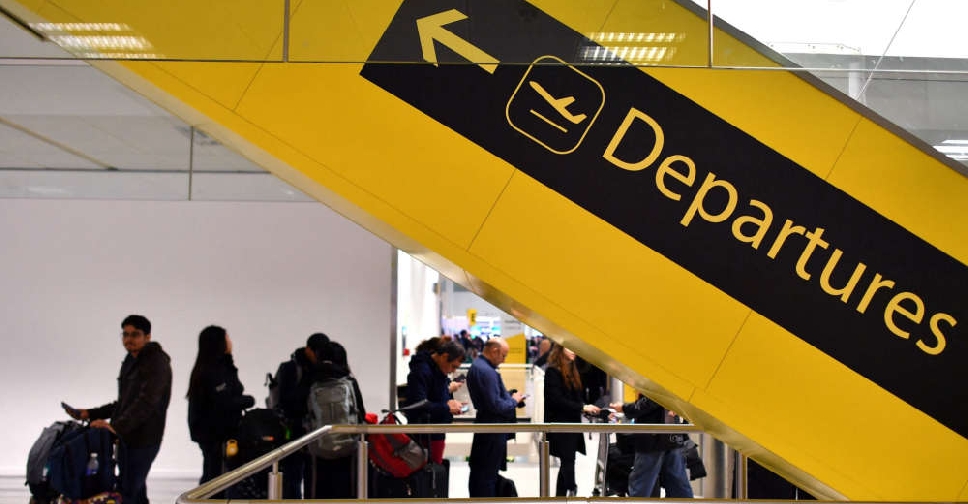 Gatwick Airport reopens terminal following security alert
Gatwick Airport reopens terminal following security alert
 Pro-Palestinian NGOs sue Dutch government over Israel support
Pro-Palestinian NGOs sue Dutch government over Israel support
 London's Gatwick Airport evacuates terminal due to security incident
London's Gatwick Airport evacuates terminal due to security incident
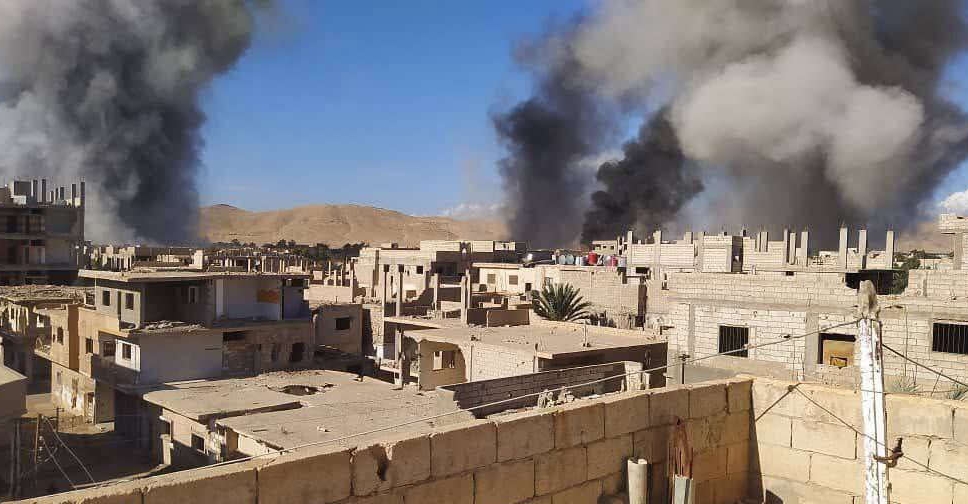 Monitor: Toll from Israeli strikes on Syria's Palmyra rises to 92
Monitor: Toll from Israeli strikes on Syria's Palmyra rises to 92
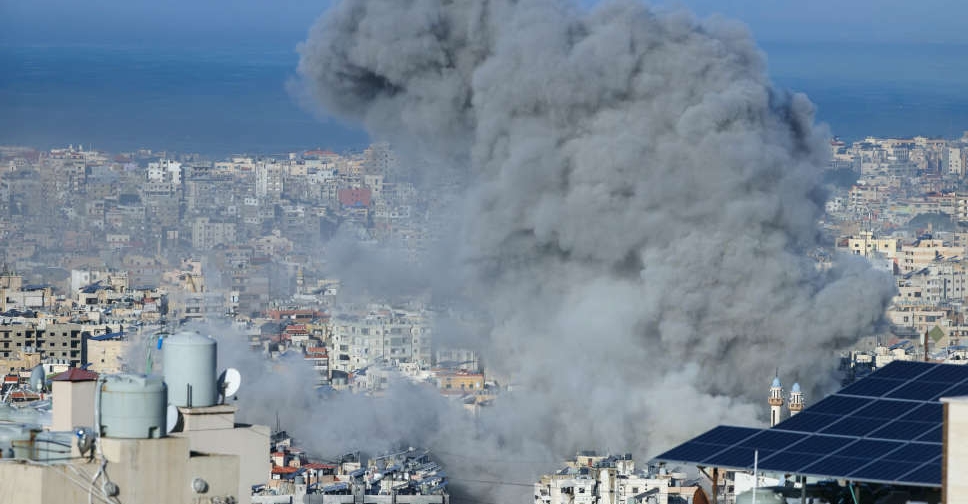 Israeli strikes kill 52 people in Lebanon
Israeli strikes kill 52 people in Lebanon


